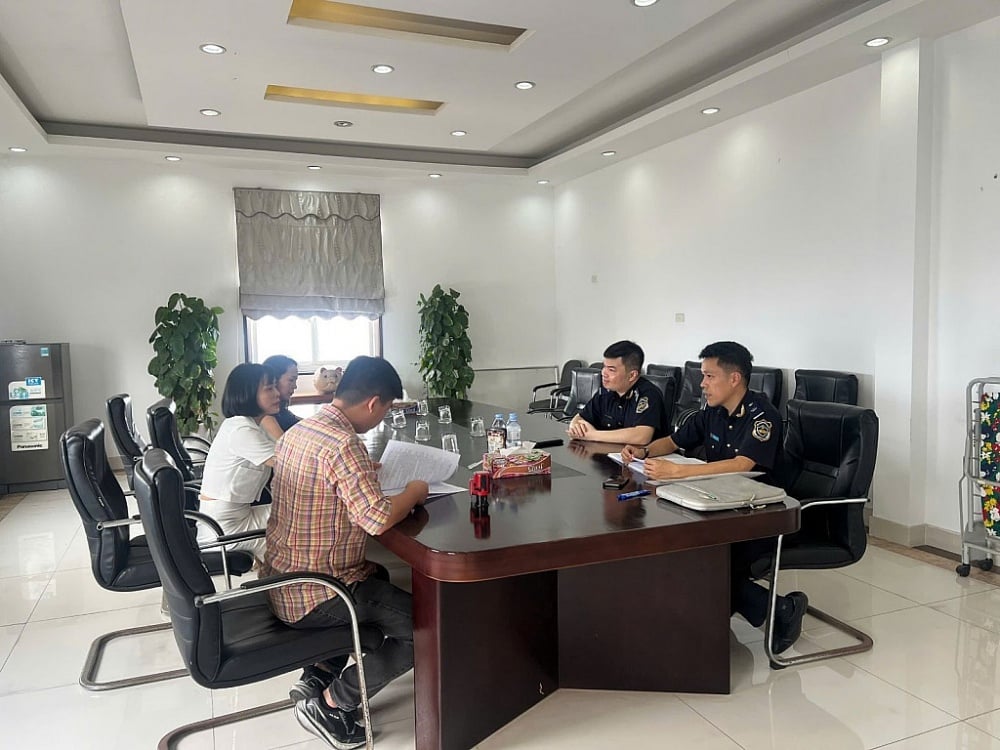
As a specialized unit under the Customs Branch of Region VIII, the Inspection and Quarantine Team plays a key role in ensuring compliance with the law, preventing budget losses and preventing trade fraud. During the 2020-2025 term, the Team conducted 301 Customs Inspection and Quarantine operations, collecting nearly 80 billion VND for the state budget, exceeding the annual plan target. In particular, 2024 alone made an impressive mark when the revenue reached over 33 billion VND (an increase of 200% compared to 2023 and reaching 415% of the plan). The violation detection rate of over 85% reflects the process of innovation in thinking and working methods, from widespread inspection to focused and key inspection, from manual administration to selective data analysis. Thereby, making the Customs Inspection and Quarantine work of the Branch an effective tool in state management activities on customs.
In the context of deep international integration and the Fourth Industrial Revolution taking place strongly, the Customs sector continues to face the requirement to constantly innovate and modernize to improve the effectiveness and efficiency of management. One of the major upcoming changes is that the Customs Sub-Department of Region VIII will deploy a centralized customs clearance model, expected from the beginning of 2026. According to this new model, all customs clearance lines at border customs units will be merged into a single centralized customs clearance line, with the task of receiving declarations and carrying out customs procedures for all enterprises opening declarations within the management area of Quang Ninh province. This change is not simply an organizational restructuring but also a new challenge, requiring the work of KTSTQ to have breakthrough solutions to adapt, ensuring the effectiveness of state management of customs, preventing fraudulent acts, and improper implementation of business policies, etc.
Mr. Ngo Tung Duong, Head of the Post-clearance Inspection and Inspection Team, said: This is a strategic reform step, aiming to optimize customs procedures, reduce time and costs for businesses, and at the same time increase management efficiency. However, along with that reform comes a significant challenge for the work of post-clearance inspection. In that context, post-clearance inspection is not only a post-clearance step, but must become a proactive tool for preventing and detecting risks early, both increasing the level of voluntary compliance of businesses and accompanying and supporting the business community in sustainable development. Therefore, the unit has clearly identified the need to strongly innovate in thinking, proactively apply modern technology and improve the capacity of the team to closely follow and keep up with the speed of movement of the smart customs system and the centralized clearance model.
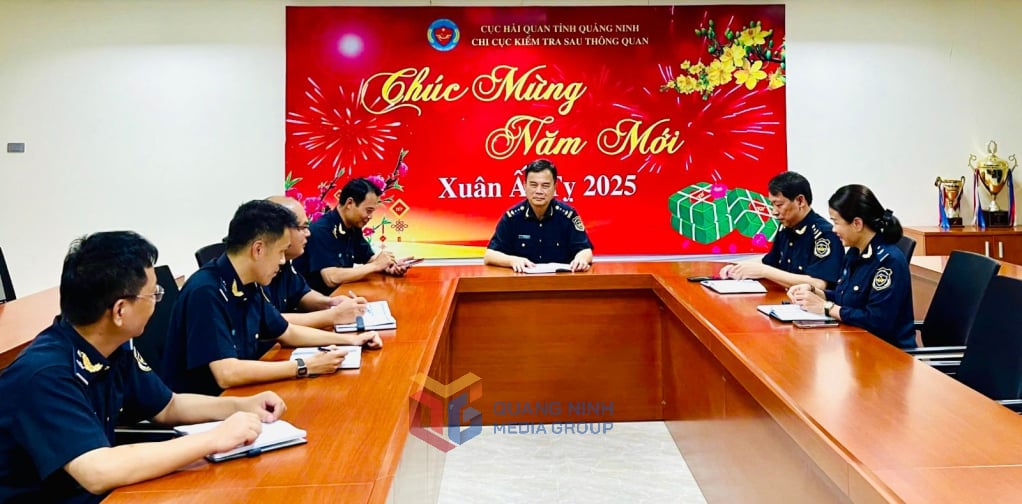
Imbued with the spirit of Resolution No. 57-NQ/TW of the Politburo on the development of science and technology, innovation and digital transformation, the Post-clearance Inspection and Review Team has developed a series of solutions, focusing on raising awareness among cadres and party members about the role of technology in modern management; perfecting business processes, updating legal regulations in line with the digital customs model. The team also proposed to build and develop post-clearance inspection software with the ability to issue smart warnings, automatically analyze data from the customs clearance system to detect violations promptly and accurately; strengthen in-depth training, organize classes on digital transformation, data analysis skills, use of artificial intelligence (AI), big data, to improve the ability to apply technology to post-clearance inspection operations; create a playground for innovation, encourage cadres to propose initiatives, test new solutions to solve business problems flexibly and practically; Strengthen information coordination, expand data exchange with units in the Department and other functional forces, and form an early warning network for commercial fraud.
In particular, the Team builds a group of experts, including civil servants with good professional skills and experience in guiding and mentoring young teams to spread specialized capacity in key areas such as goods classification, customs value, origin, risk management, etc.
In addition to being proactive and finding solutions to adapt to the new model, the Team proposed that the Sub-Department have a policy of financial support and timely encouragement for individuals and groups with initiatives in applying technology and improving customs management processes, a necessary driving force for real, non-formal digital transformation.
In 2026, when the centralized customs clearance model comes into operation and digital customs becomes a reality, the team working on customs clearance at the Customs Branch of Region VIII will continue to promote the spirit of "thinking new, doing real", becoming the core force in maintaining the role of gatekeeper of the economy in strategic localities like Quang Ninh.
Source: https://baoquangninh.vn/dot-pha-trong-kiem-tra-sau-thong-quan-3369181.html


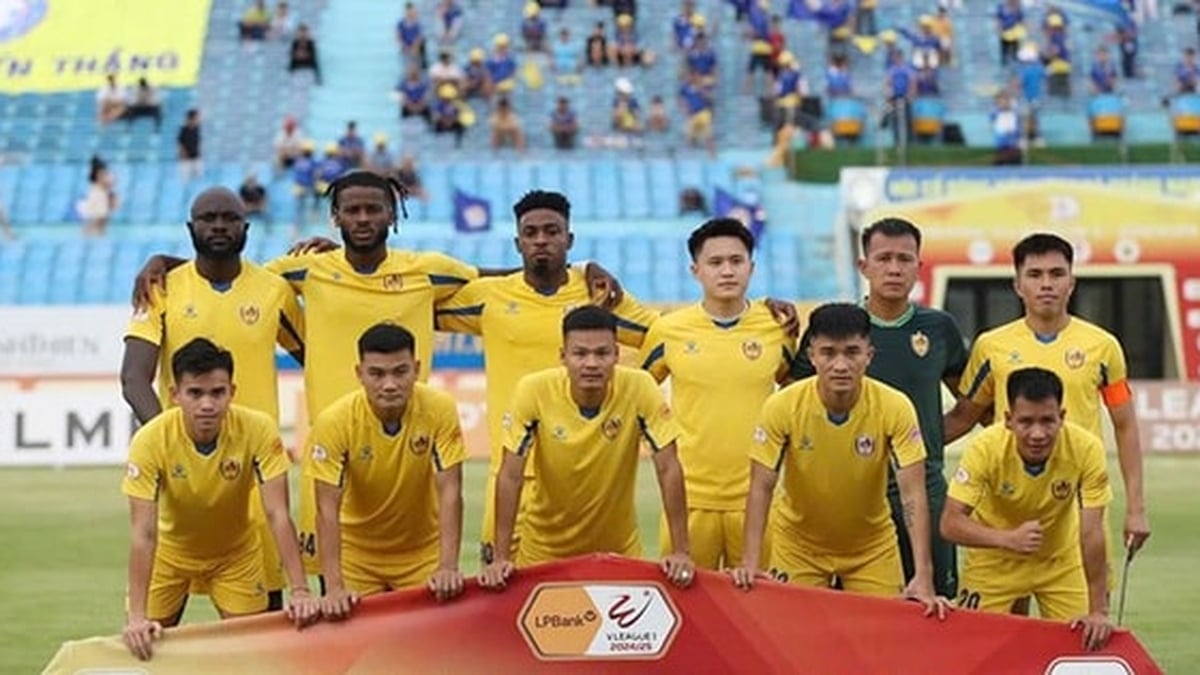
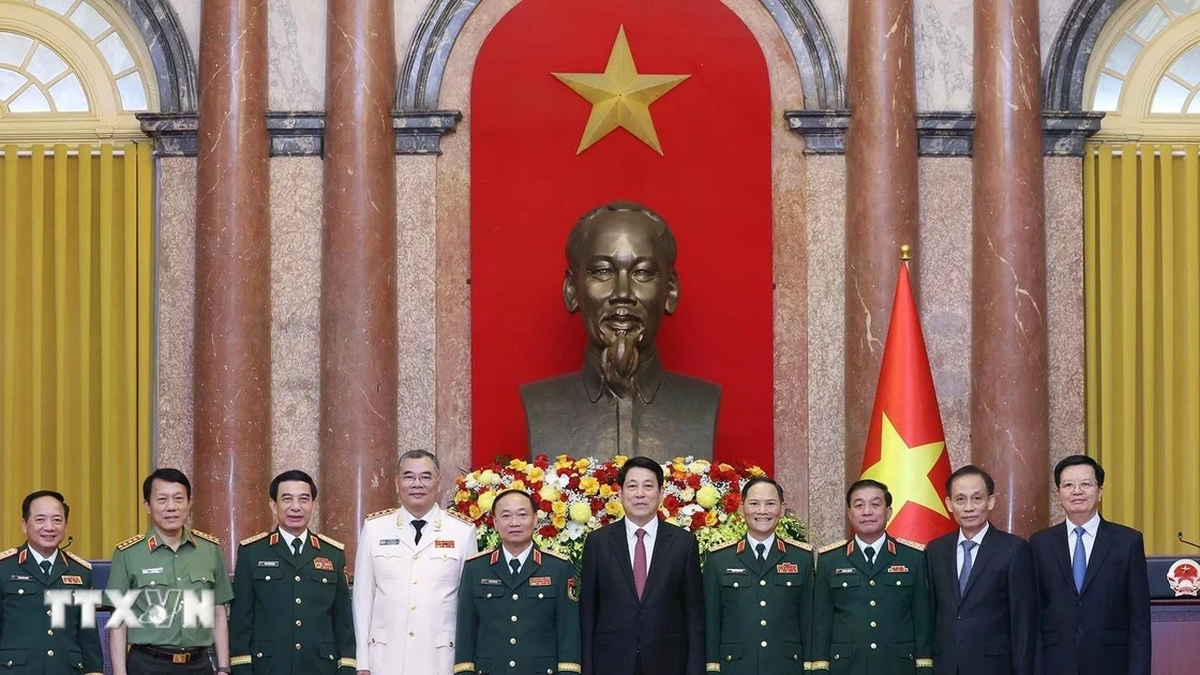
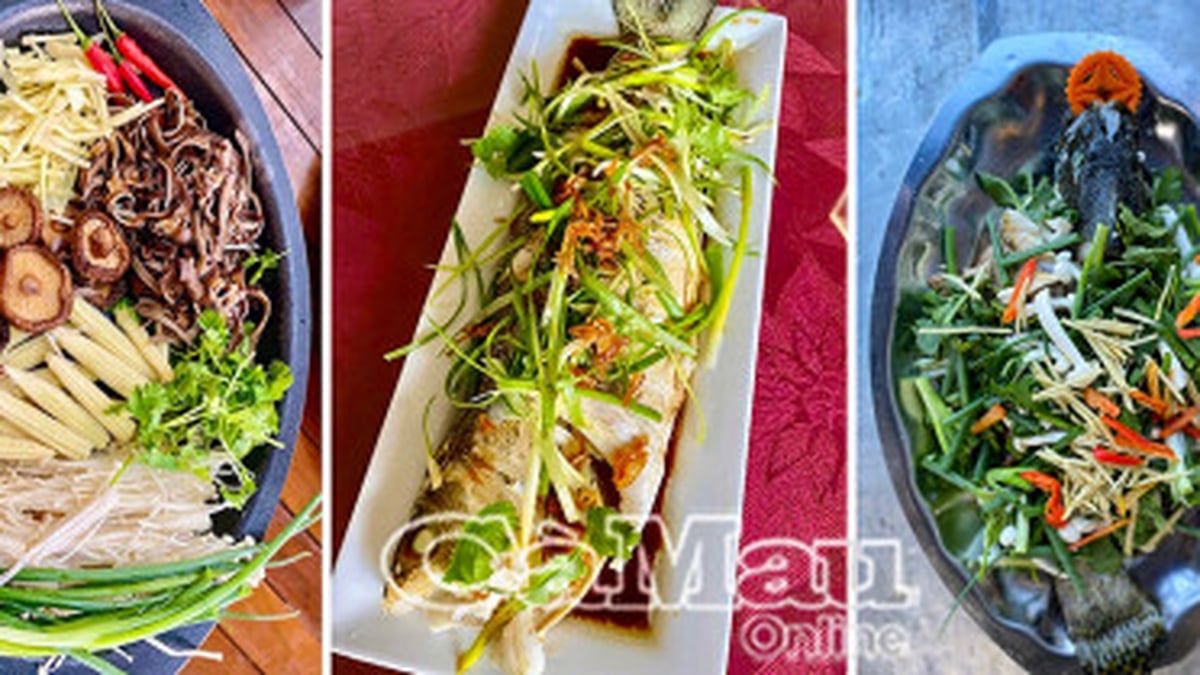
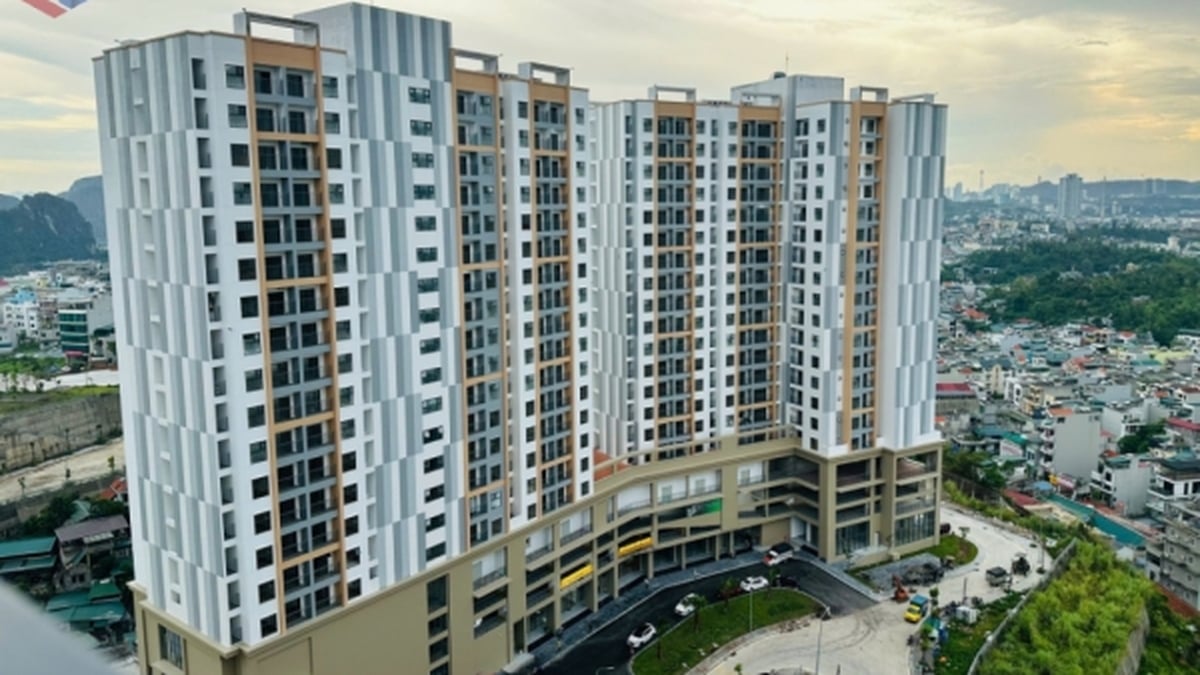

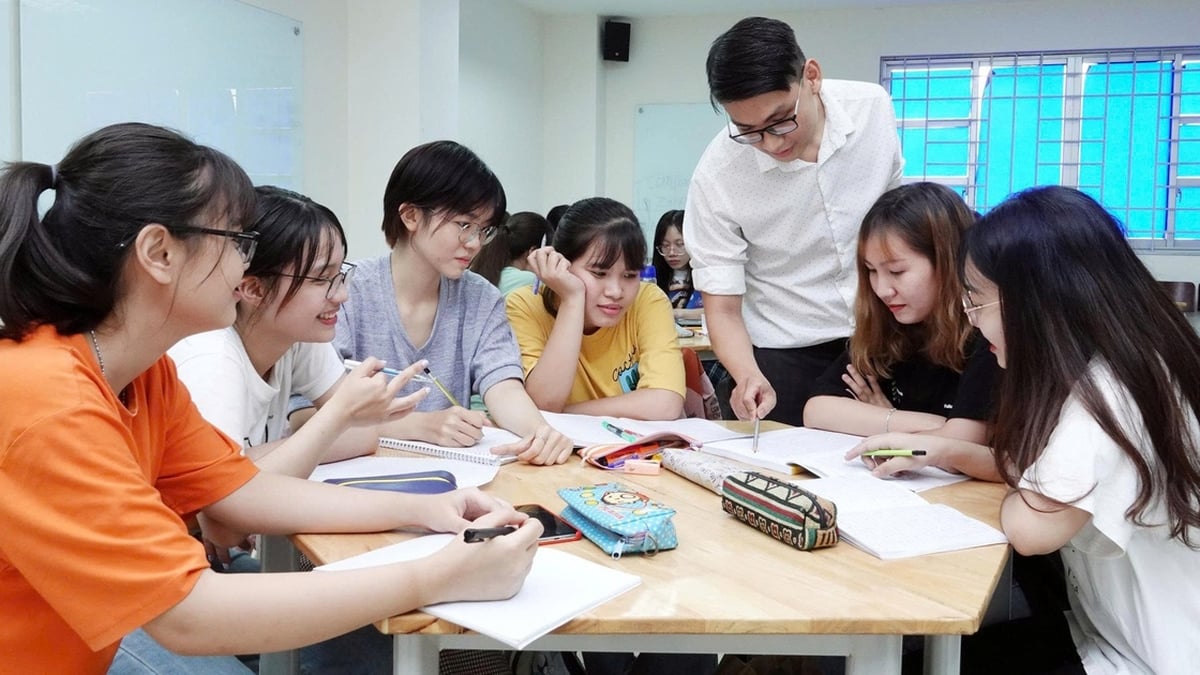

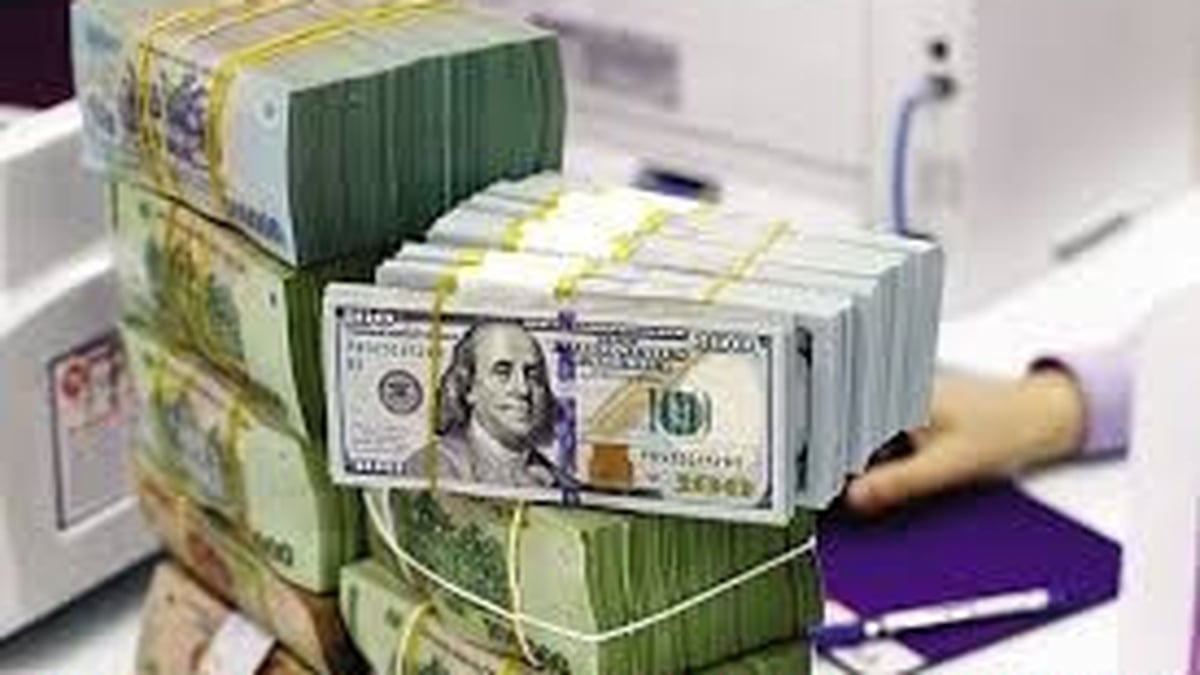























































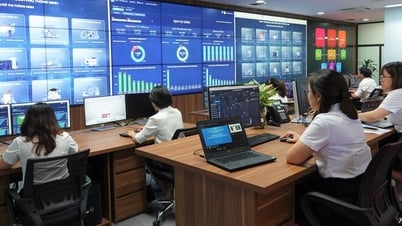
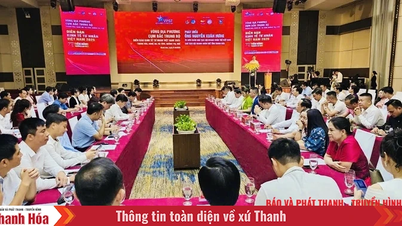

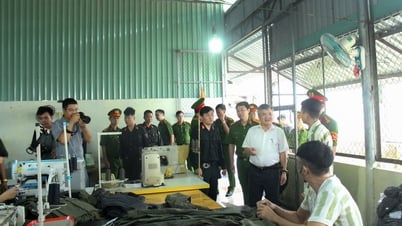


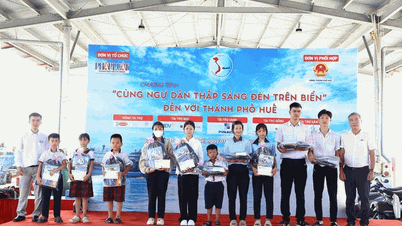






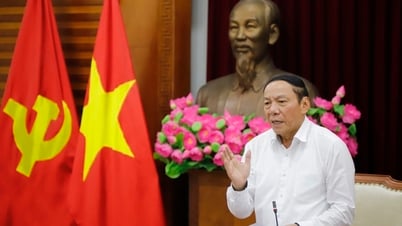























Comment (0)